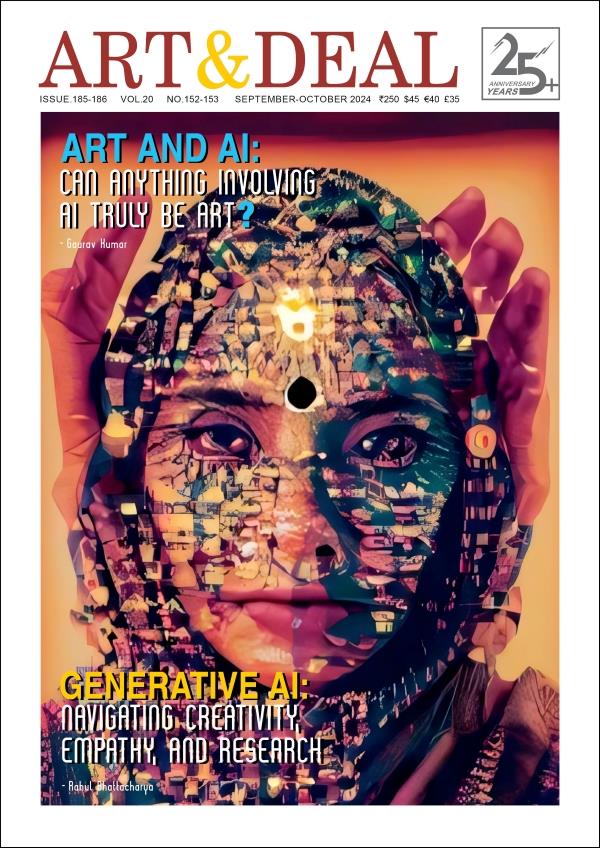Horses, Mothers and Husain
Sandhya Bordewekar
Sandhya Bordewekar pays a tribute to the ‘Picasso of India’, Maqbool Fida Husain, as she attempts to live and breathe with the legendary artist through his personally signed serigraphed scrolls.
Maqbool Fida Husain almost single-handedly gave Indian modern and contemporary art a global platform. At an informal survey that asked the question ‘Who will replace Husain in India?’, the conclusion was – No one, not even in the forseeable future! The survey revealed that there is not a single living Indian artist who has equally mastered the epics, history, folk culture, politics, marketing, world literature, music, movies, poetry, dance, sculpture, languages (Urdu, English, Hindi, Sanskrit), extensively travelled to every corner of India and to more than 80 countries, and most importantly, who can paint any time any where in the open public. Whatever the reliability of this survey, there is really no doubt that few people in the Indian art world can honestly contest it. I have grown up with Husain’s horses. As a schoolgirl in the 1960s, I used to find these horses galloping across the pages of the Illustrated Weekly of India and sometimes, Dharmayug, the standard magazine in those days in middle-class Indian homes. Then, vacationing every summer at my aunt’s home in Mahim, Mumbai, I would be fascinated by Husain’s painted, parked car that was a landmark in that blind alley where Husain used to live in a modest apartment building. Much later, back in Baroda, when the horses appeared to have temporarily loosened their hold on Husain, I saw him at the Urja Art Gallery where hisexhibitions, Bahubali and then Mother were held. That was my introduction to his depiction of Mother Teresa and what she stood for. In 2008, more than two decades later, as I stood in Anil Relia’s Archer Gallery in Ahmedabad before these large scrolls, 10 featuring horses and 18 of Mother Teresa, there was a strange sense of déjà vu. These were amongst the last works he had made in India before he went into exile. The thought behind this edition of serigraphed scrolls was obvious, and it was vintage Husain – Energy and Empathy, attributes that the artist always possessed. Husain was already in his nineties then, though mentally as alert and physically as fit as he could ever be. These vigorous, large scrolls were adequate testimony for the same.

